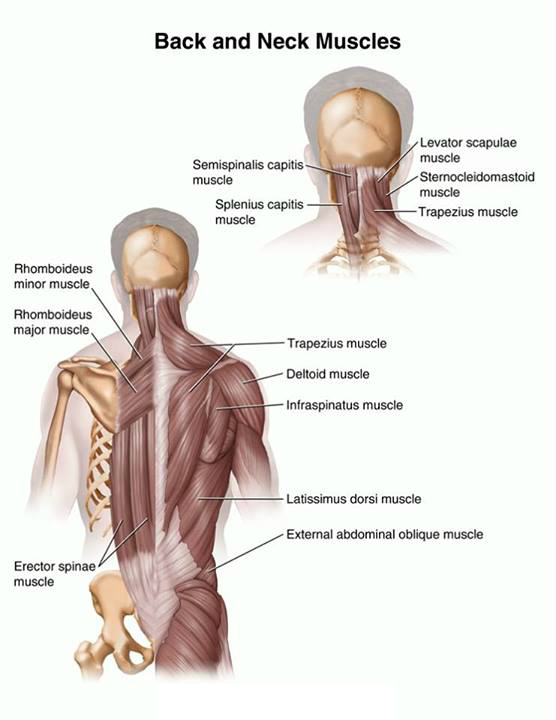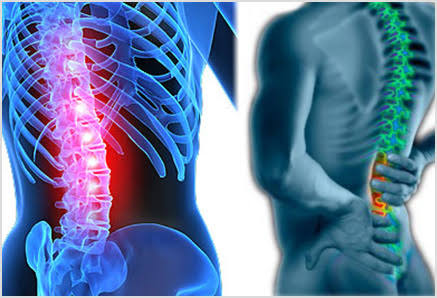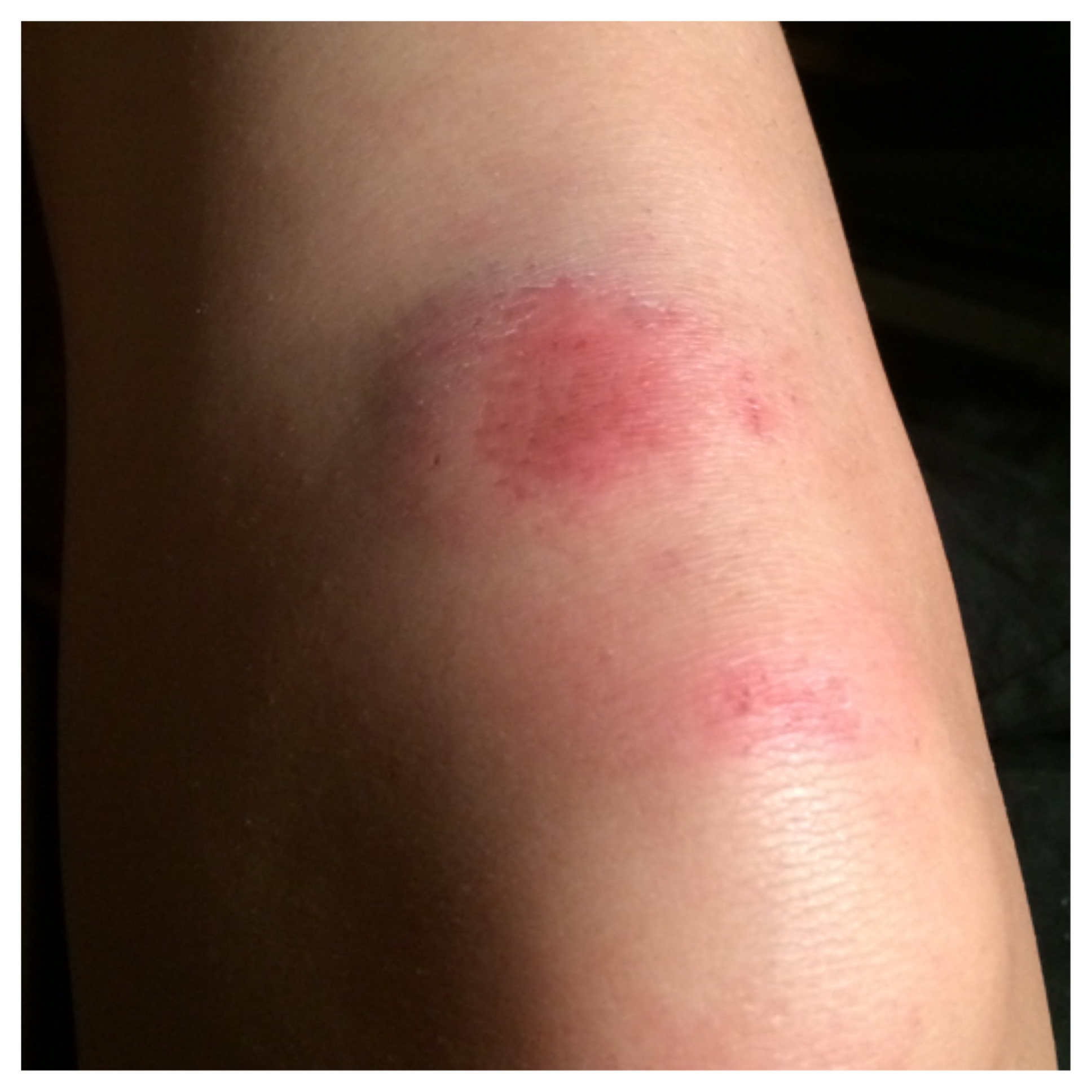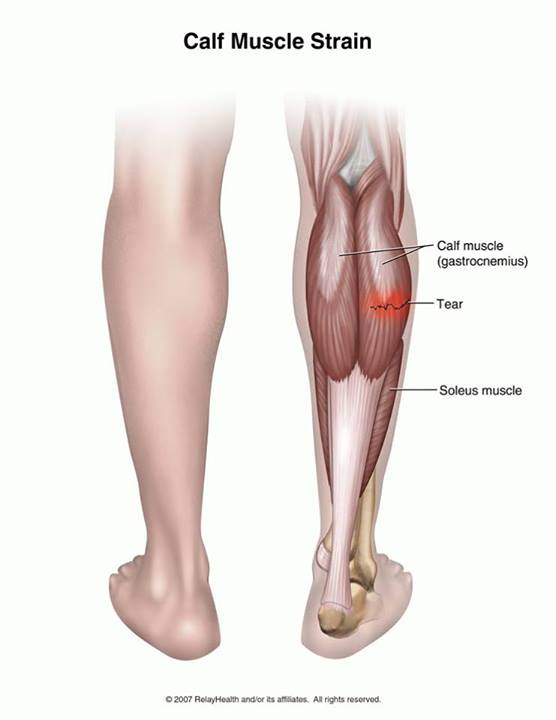Carpel tunnel syndrome (CTS)
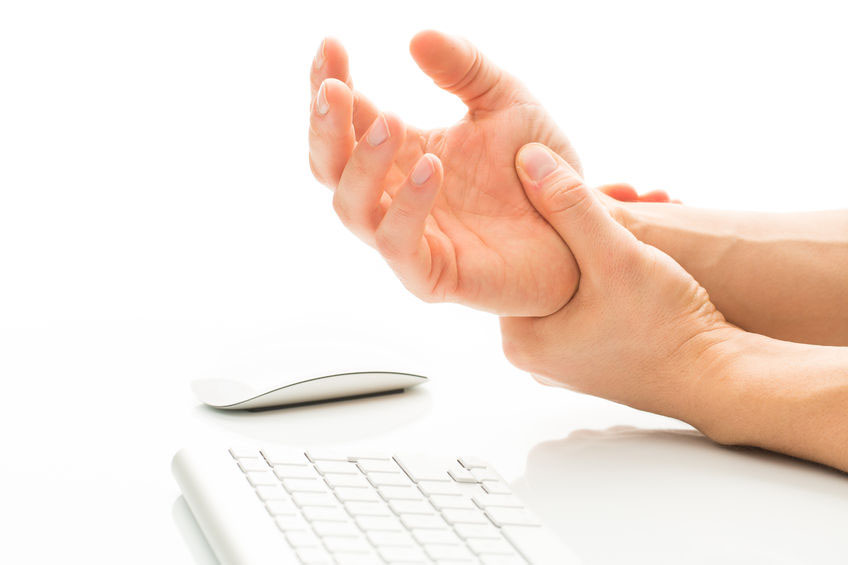
Carpal tunnel syndrome is the compression of the median nerve as it passes into the hand. The median nerve is located on the palm side of your hand (also called the carpal tunnel).
Swelling inside your wrist causes the compression in carpal tunnel syndrome. It can lead to numbness, weakness, and tingling on the side of your hand near the thumb.
The median nerve provides sensation (ability to feel) to your thumb, index finger, long finger, and part of the ring finger. It supplies the impulse to the muscle going to the thumb. Carpal tunnel syndrome can occur in one or both of your hands.

Causes of Carpal Tunnel Syndrome :
The following are risk factors associated with the development of carpal tunnel syndrome:
- Pregnancy
- Arthritis and other causes of inflammation of the wrist
- Endocrine disorders such as diabetes and hypothyroidism
- Wrist fracture
- Alcoholism
Carpal tunnel syndrome can be made worse if the wrist is overextended repeatedly. Repeated motion of your wrist contributes to swelling and compression of the median nerve. It may occur due to :
- poor positioning of your wrists while using your keyboard or mouse
- prolonged exposure to vibrations from using hand tools or power tools
any repeated movement that overextends your wrist, such as playing the piano or typing
Risk factors of carpel tunnel syndrome?
Women are three times more likely to have carpal tunnel syndrome than men. Carpal tunnel syndrome is most frequently diagnosed between the ages of 30 and 60. Certain conditions increase your risk for developing it, including diabetes, high blood pressure, and arthritis.
Lifestyle factors that may increase the risk for carpal tunnel syndrome include smoking, high salt intake, sedentary lifestyle, and a high body mass index (BMI).
Jobs that involve repetitive wrist movement include:
- Manufacturing
- Assembly line work
- Keyboarding occupations
- Construction work.
- People employed in these occupations may be at higher risk of developing carpal tunnel syndrome.
Symptoms of carpal tunnel syndrome?
The symptoms are usually found along the nerve path because of compression of the median nerve. Your hand may “fall asleep” frequently and drop objects. Other symptoms include:
- Numbness, tingling, and pain in your thumb and the first three fingers of your hand
- Pain and burning that travels up your arm
- Wrist pain at night that interferes with sleep
- Weakness in the muscles of the hand

Diagnosis of Carpal Tunnel Syndrome?
Expect your doctor to perform several simple carpal tunnel syndrome tests to evaluate the nerve function of your hand. You can also perform a few of these tests at home.
Your doctor will most likely start with a visual and manual inspection of your hand looking for any obvious abnormalities that may help to explain your problem.
Range of motion of the wrist is often evaluated. By placing the palms of the hands together, wrist extension can be evaluated. By placing the backs of the hands together, wrist flexion can be evaluated. People who have had prior wrist injuries or wrist arthritis often have abnormalities in wrist range of motion.
The sensation over your hand will often then be checked to see if your sensation of soft touch, pinprick, or two-point discrimination (the ability to feel two points distinctly using a sharp pin on the fingertips) is abnormal in any areas.
The strength in your hands and fingers can be checked, often using your opposite, or good side, for comparison.
Physical tests to evaluate for carpal tunnel syndrome include the following:
Phalen’s sign
Hold your elbows at shoulder level and place the backs of your hands together with your wrists bent at 90 degrees.
Hold this position for 60 seconds.
This position increases the pressure on the median nerve.
If the test reproduces or worsens your symptoms (pain and tingling in your hands), you may have carpal tunnel syndrome.
Tinel sign
Have someone hold your wrist as shown in the picture and tap on the palm side of your wrist.
A positive test produces tingling into the thumb, index, or middle fingers. This is a sign of an irritable nerve where the tapping was done.
If this test gives you tingling in your thumb, index, or middle fingers, you may have carpal tunnel syndrome.
You may also be referred to a specialist (neurologist, rheumatologist, or orthopedic surgeon) for evaluation of your nerve conduction or the presence of possible arthritis leading to carpal tunnel syndrome. Nerve conduction testing measures the speed with which an electrical impulse travels in the median nerve across the wrist. For people with carpal tunnel syndrome, this nerve impulse will travel more slowly across the wrist than normal. For people who have advanced carpal tunnel syndrome, measurements of electrical activity in the hand muscles may reveal signs of muscle deterioration.
Hand elevation test (Roos Stress Test)
Isn’t this a test for thoracic outlet syndrome? The Roos Stress Test is indeed an indicative test for TOS and not for CTS. The hand elevation test is however a CTs test. The link to Roos Stress Test should be removed.The patient hold his arm above his head as straight as possible and holds this position for a minimum of two minutes.The test is positive when the patient experiences typical CTS symptoms, such as a numb or tingling feeling in the fingers or pain or stiffness in the fingers, palm or wrist. Some patients also experience soreness in the shoulder.
This test is only considered meaningful if the results can be duplicated by other, more specific CTS tests.
Scratch Collapse Test (CTS-6 Lax/Sringent)
The test is executed with the patient facing the examiner with his arms adducted, elbows flexed and hands outstretched with the wrists in neutral position. The patient has to resist the external rotation movement the examiner is trying to make by pushing both the patient’s forearms out. The examiner then scratches the median nerve at carpal tunnel level and the previous exercise is repeated. A brief loss of resistance against the external rotation force of the affected side after scratching the median nerve is considered a positive scratch collapse test.
Durkan’s Carpal Compression Test
The examiner externally applies pressure directly over the carpal tunnel. This test is also positive when the typical CTS symptoms occur while the pressure is applied.
Prevention of carpal tunnel syndrome?
You can prevent carpal tunnel syndrome by making lifestyle changes that reduce your risk factors for developing it.
Treating conditions such as diabetes, high blood pressure, and arthritis reduces your risk for developing carpal tunnel syndrome.
Paying careful attention to hand posture and avoiding activities that overextend your wrist are also important strategies for reducing symptoms. Physical therapy exercises may be helpful as well.
Treatement of carpal tunnel syndrome ?
Treatment of carpal tunnel syndrome depends on how severe your pain and symptoms are and if there is weakness. In 2008, the Academy of Orthopaedic Surgeons released guidelines for the effective treatment of carpal tunnel. The recommendation was to try to manage carpal tunnel pain without surgery, if possible.
Nonsurgical options include:
- Avoiding positions that overextend your wrist
- wrist splints that hold your hand in a neutral position, especially at night
- Mild pain medication and medications to reduce inflammation
- Treatment of any underlying conditions you may have, such as diabetes or arthritis
- Steroid injections into your carpal tunnel area to reduce inflammation
Surgery may be necessary if there’s severe damage to your median nerve. Surgery for carpal tunnel syndrome involves cutting the band of tissue in the wrist that crosses the median nerve so as to lessen the pressure on your nerve. Factors that determine success or failure are age of the patient, duration of symptoms, diabetes mellitus, and if there is weakness (which usually is a late sign). The outcome is usually good.
Physiotherapy of Carpel tunnel syndrome (CTS)
Physiotherapy is beneficial for most carpal tunnel sufferers especially in mild to moderate cases.
Your physiotherapist will address:
- Carpal bone mobilisation and flexor retinaculum stretching to open the carpal tunnel. Tal-Akabi & Rushton (2000).
- Nerve and tendon gliding exercises to ensure full unrestricted nerve motion is available. McKeon & Hsieh (2008).
- Muscle and soft tissue extensibility. Moraska (2008).
- Cervicothoracic spine to correct any referral or double crush syndromes. Kwon et al (2006).
- Grip and pinch, thumb abduction and forearm strengthening in later phases. Pinar et al (2005).
- Comprehensive upper limb, wrist and hand ROM strengthening and endurance exercises.
- Posture, fine motor and hand dexterity exercises. Abd-Elkader et al (2010).
carpal tunnel
Ultrasound Therapy, Acupuncture, Massage & Yoga
Ultrasound therapy has been shown to assist carpal tunnel syndrome. Huisstede et al (2010). Acupuncture has been shown to decrease carpal tunnel pain. Sim et al (2011), Kumnerddee & Kaewtong (2010), Yang et al (2011).
Targeted massage has been shown to assist grip strength in CTS sufferers. Moraska (2008).
Yoga focusing on upper body flexibility has been shown to improve grip strength quicker than wrist splints. Garfinkel et al (1998).
Ergonomic Assessment
If the carpal tunnel has been caused at work, then an ergonomic assessment of the workplace and work practices may be worthwhile to prevent a recurrence. Activity modification may be required. Larson & Ellexson (2000).
TENS Machine
A TENS machine (transcutaneous electrical muscle stimulation) has been shown to ease the pain associated with carpal tunnel syndrome. Kara et al (2010).

